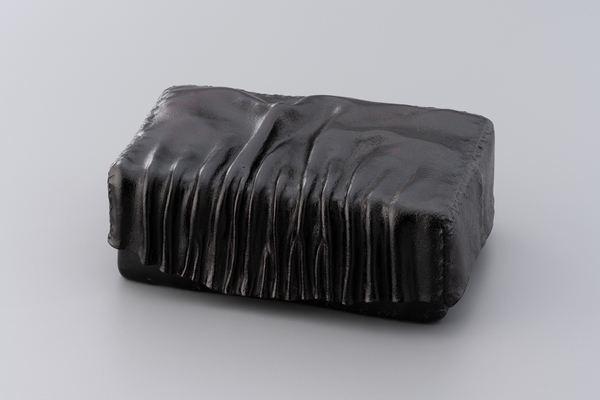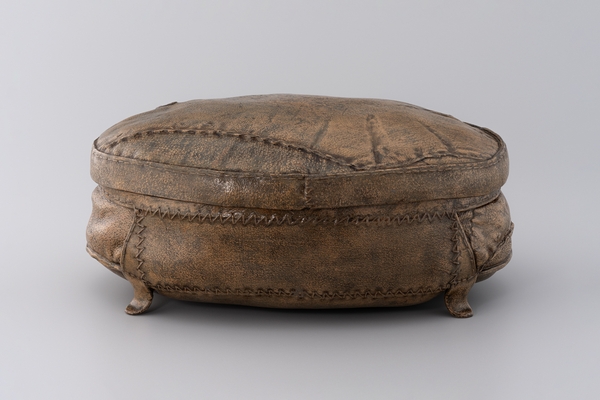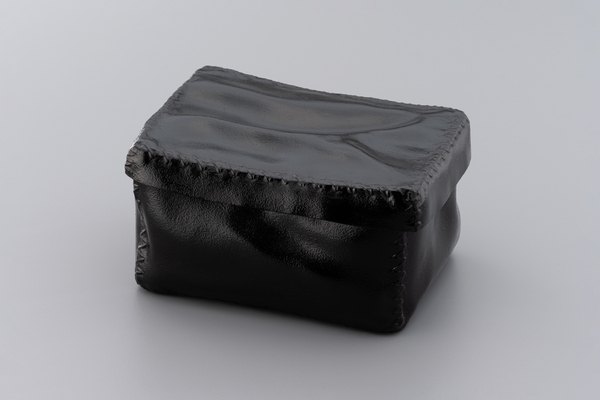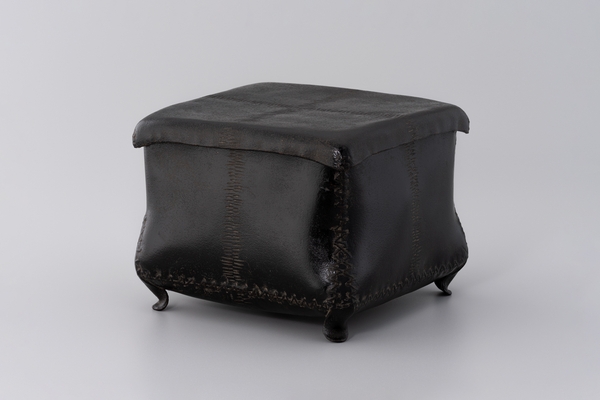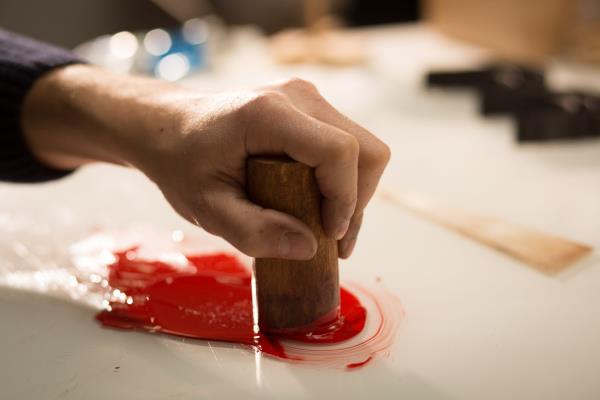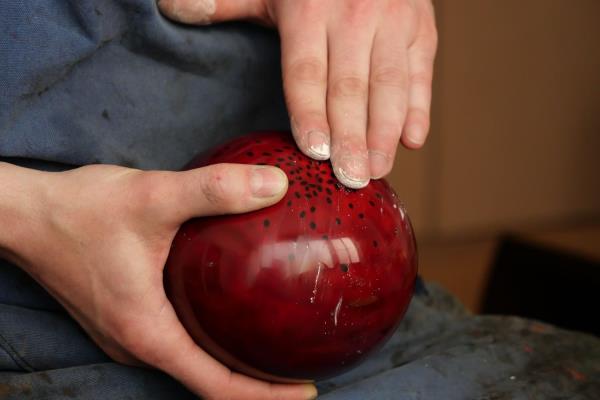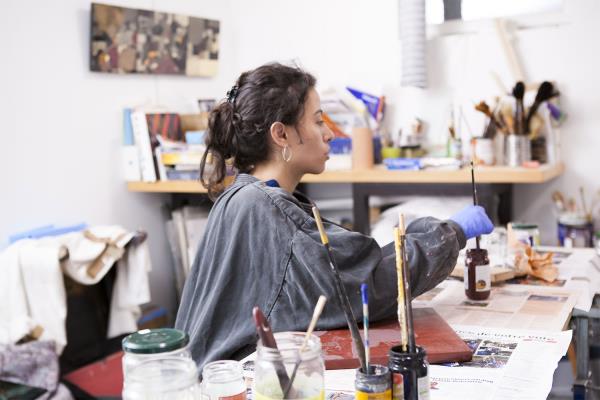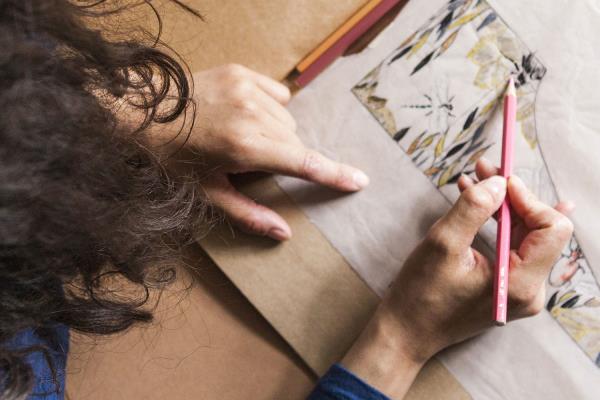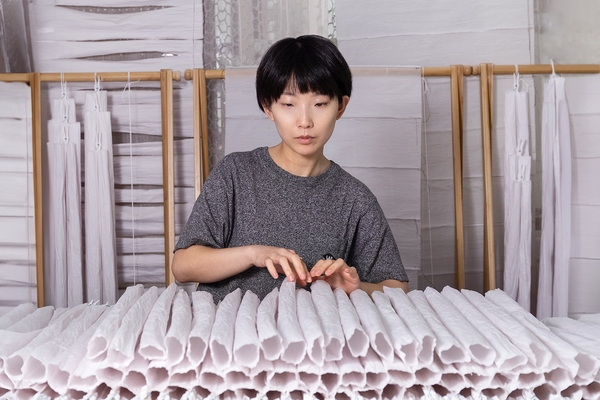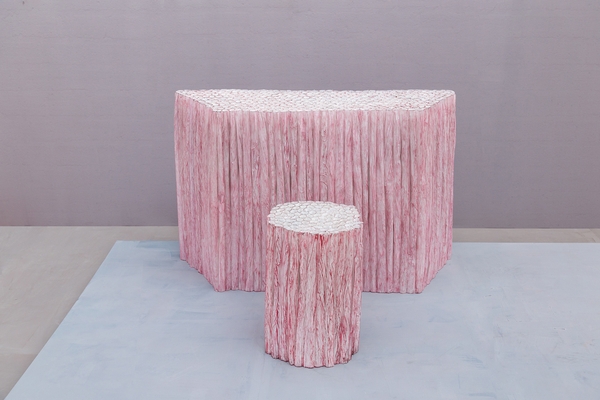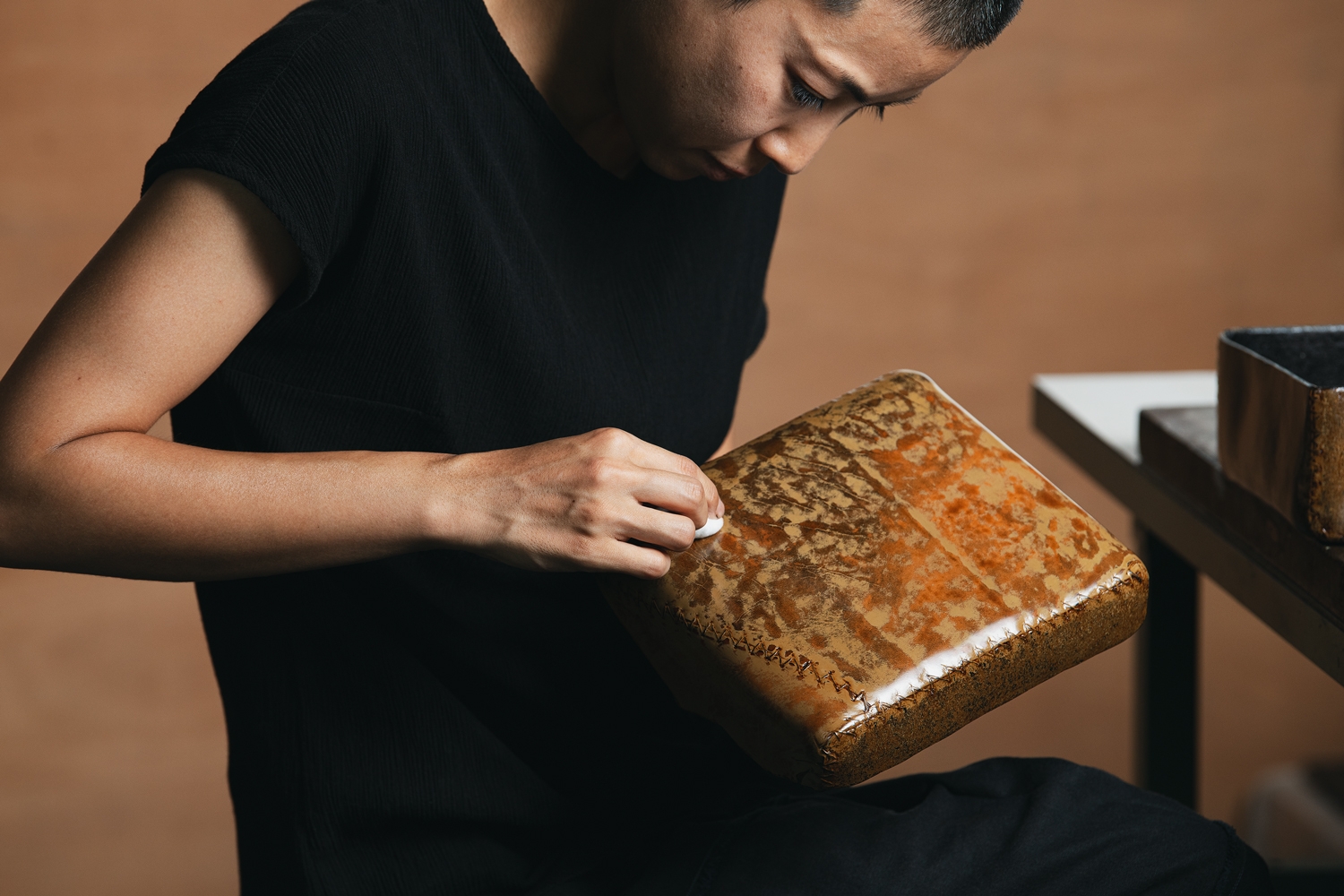
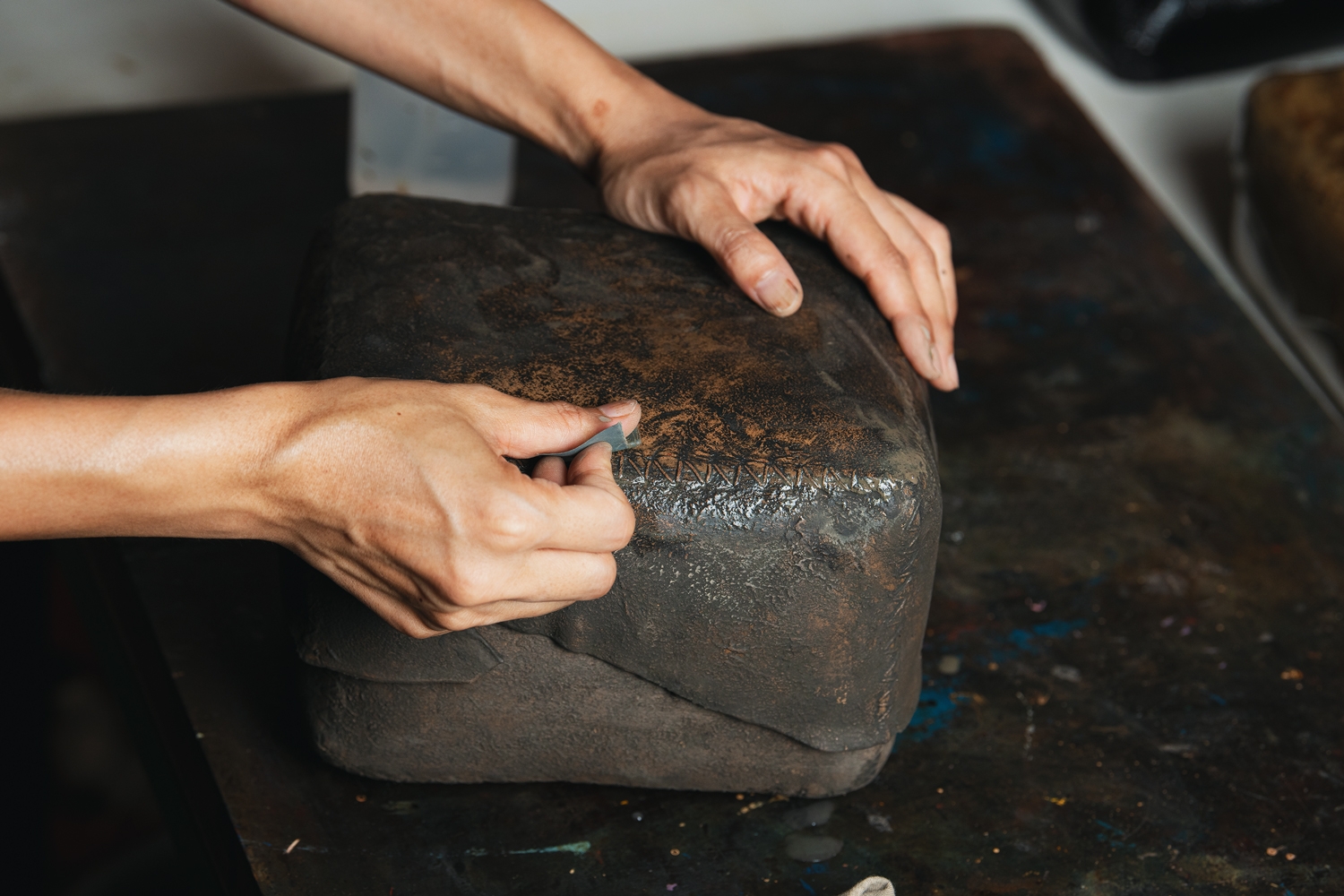

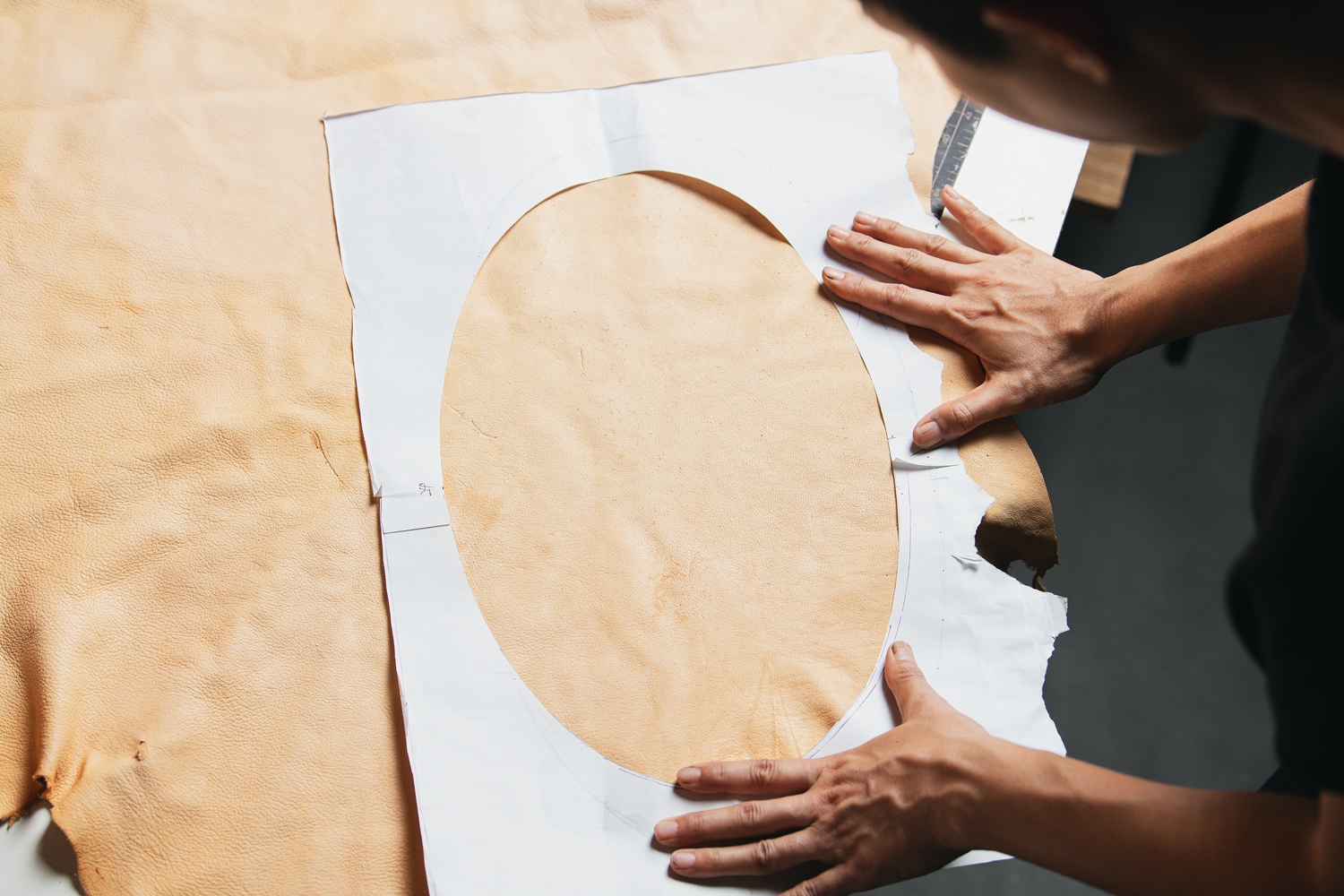
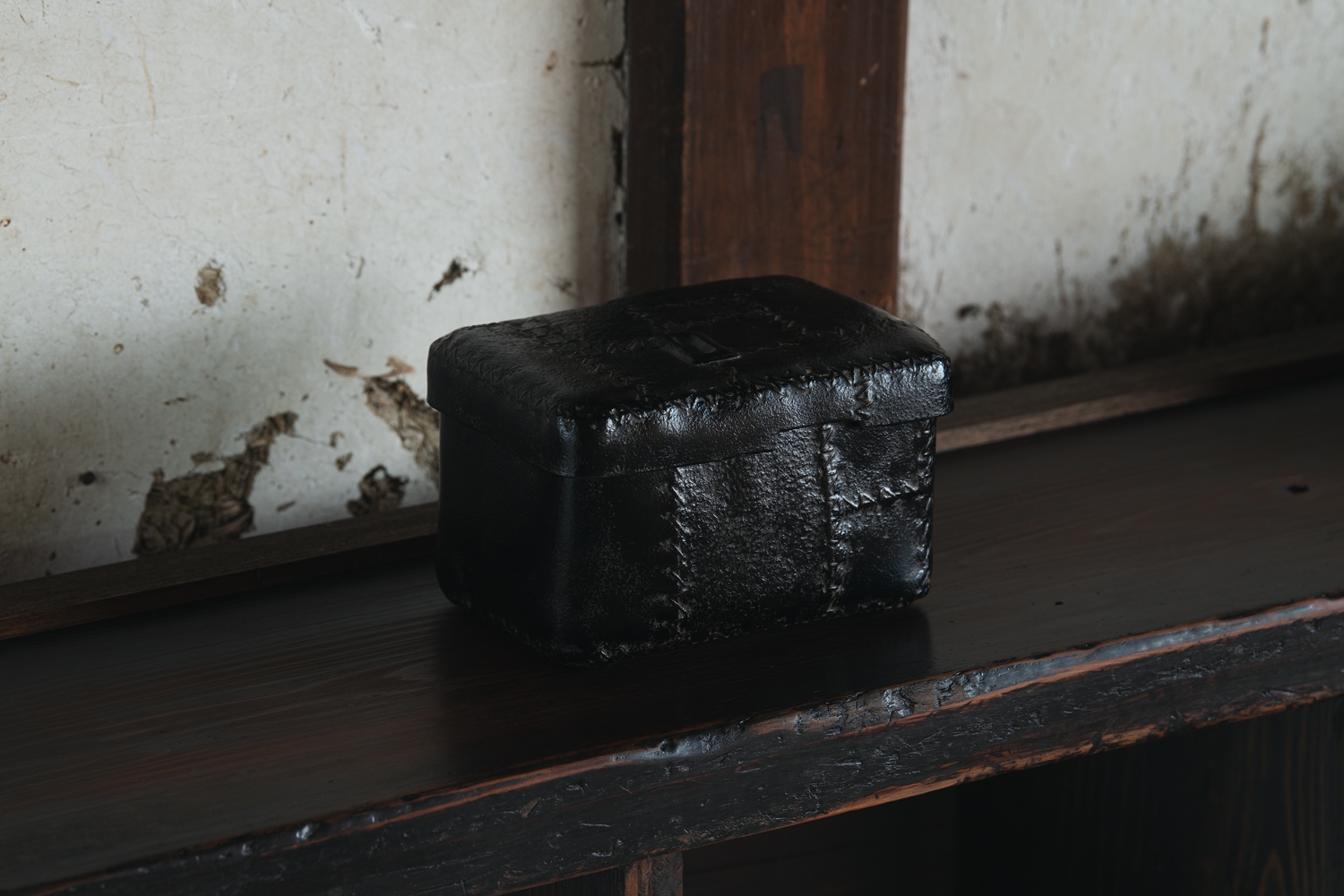


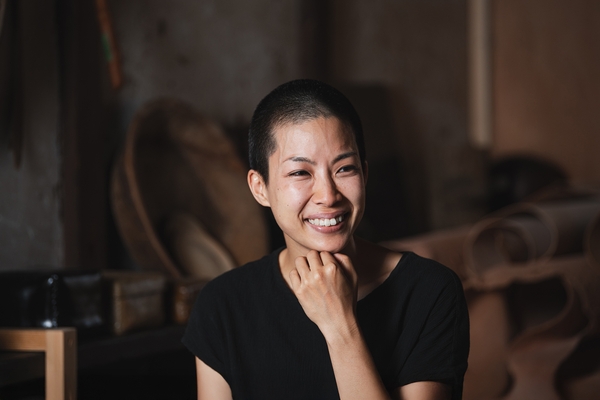


A new life for an ancient craft
- Yoko has revived a forgotten lacquering technique called shippi
- She aims to reveal the hidden beauty of animal hide
- For her, the act of making is inseparable from the wholeness of life
Yoko Ichikawa first discovered urushi, Japanese lacquer, while studying at art school. Among materials such as wood, paper and clay, she chose animal hide as her canvas. “I was drawn to it because I could cut, sew and shape it with scissors, needle and thread, just as my skilled seamstress grandmother had taught me,” Yoko says. With these simple tools, she constructs her works in an organic, instinctive way using her own take on the ancient shippi technique that dates back to the 7th century. Traditionally, animal hide is stretched over a wooden mould to form the shape of a box as a reinforcement and foundation for lacquered objects. Yoko creates the box form herself by sewing the hide together with needle and thread. “I honour the material, by utilising it in its entirety and bringing forth its inherent beauty,” she explains. Examples of this craft can be found in the Shosoin Treasure House, home to master crafts from around the world at the time.
Interview
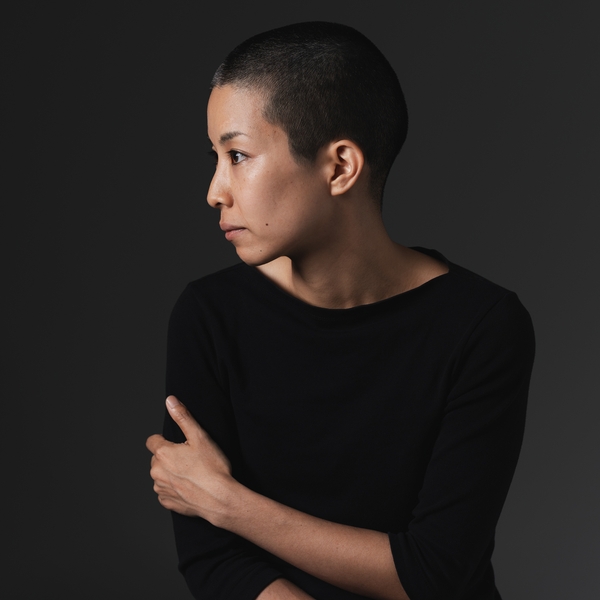

- How did you learn the shippi technique?
- The technique had been lost, so I had to rediscover it through endless trial and error. My first attempt, a sculptural piece, left me unsatisfied. So, I went on to develop my skills by making everyday objects, such as plates and spoons, which granted me invaluable insights and lessons.
- Would you describe your work as traditional or innovative?
- Both. The technique existed long before me and was originally used only as a structural layer beneath lacquer. I revived it, but my aim is to reveal the hidden beauty of animal hide and let it speak. That, I believe, is my contribution to the craft.
- How does your work bring out the beauty of your material?
- I am aware that to collect urushi sap, the tree must eventually die. I do not take lightly that the materials I work with are the result of another life. I honour the trace of life by bringing out its beauty to the best of my ability.
- Do you feel the shippi technique could disappear again?
- It is very possible, as it already did once. Just like any craft, shippi stands on a very delicate balance between technique, material, tools and the maker. However, my creations will remain, and I hope they have the power to speak to people centuries from now, who may then be inspired to take on the craft.
Yoko Ichikawa is an expert artisan: she began her career in 2009
Where
Yoko Ichikawa
